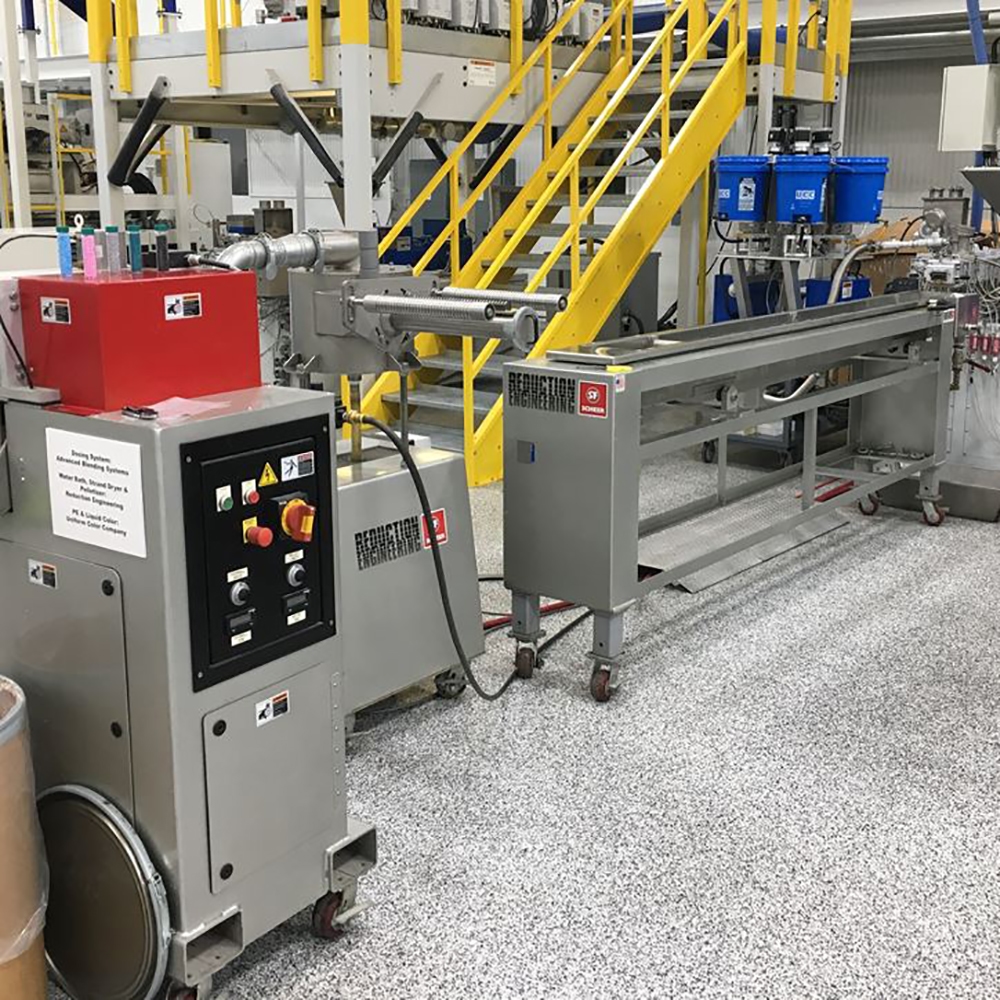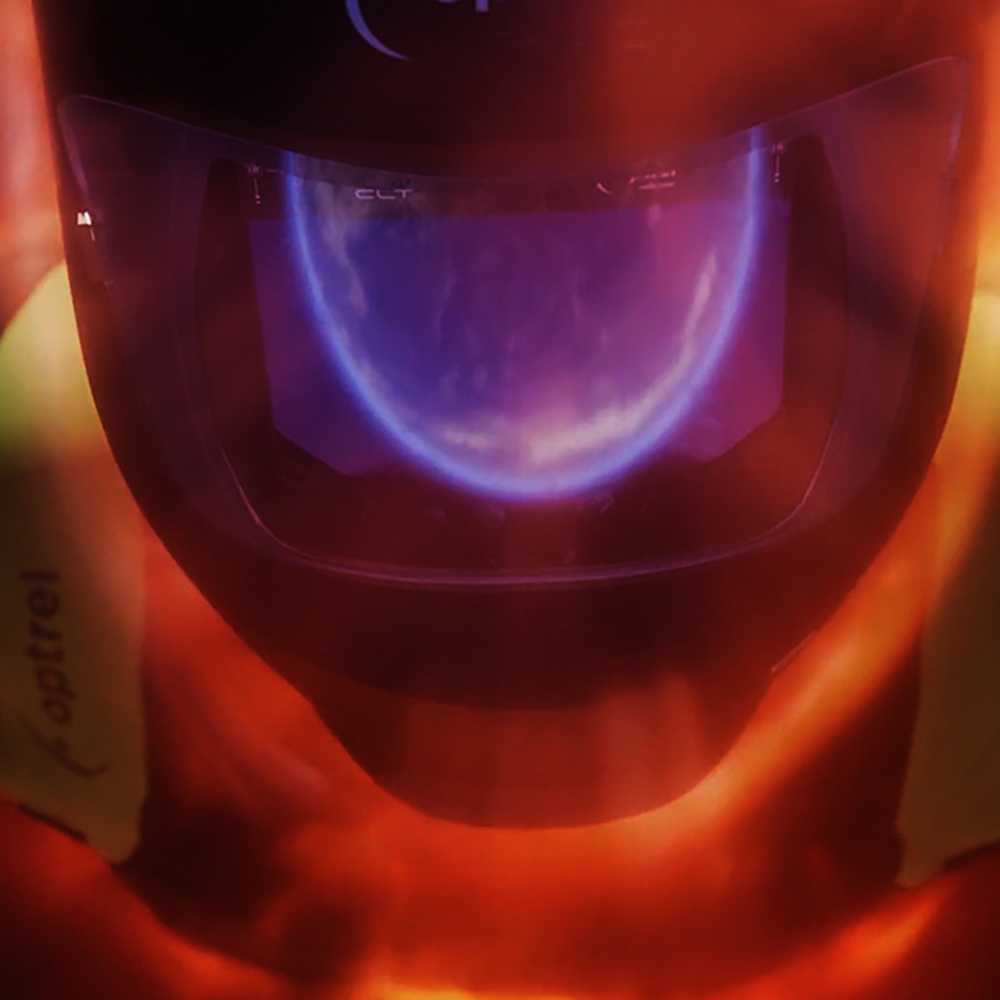
Hiểu về Masterbatch đen và những ưu điểm của nó
Hạt màu đen là một loại phụ gia nhựa chuyên dụng có chứa nồng độ carbon đen cao (15-50%) được sử dụng để tạo màu đen đậm cho các sản phẩm nhựa.
This guide explores the science behind masterbatch technology, its applications in industries like PVC and cable manufacturing, and the importance of proper dispersion and dilution in production processes. We will also highlight how masterbatch compares to traditional pigments and how emerging trends in sustainability are shaping its future.
A masterbatch is a concentrated blend of pigments and additives encapsulated in a carrier resin. This blend is transformed into granules, such as pellets or micropellets, which can be easily added to base polymers during manufacturing. The purpose of masterbatch is to impart specific characteristics, such as color or functional properties, to the final plastic product.
By encapsulating pigments and additives in a polymer carrier, masterbatch ensures even distribution and ease of use, making it a vital component in various industries.
Using masterbatch instead of raw pigments or additives offers several advantages in manufacturing, ranging from improved process efficiency to enhanced product quality.
Masterbatch allows manufacturers to tailor the formulation to meet the unique requirements of different products. This customization ensures optimal material performance, including mechanical, thermal, and aesthetic properties.
Because masterbatch is supplied in solid granular form, it eliminates the dust and mess associated with handling fine powder pigments. This results in cleaner production environments and reduces the risk of contamination.
Masterbatch granules are easy to measure and incorporate, minimizing material waste and ensuring consistent dosing. This simplicity also speeds up production cycles and reduces downtime.
Pigments and additives in masterbatch are pre-dispersed, ensuring even coloration and consistent material properties. This reduces the risk of defects like streaking or patchy colors in the final product.
With the inclusion of functional additives, masterbatch improves the overall performance of the plastic, offering resistance to UV radiation, extreme temperatures, or fire, depending on the formulation.
Masterbatch significantly enhances safety by eliminating the risks associated with handling raw pigments and additives.
Polyvinyl chloride (PVC) is a widely used polymer, known for its versatility in applications such as pipes, flooring, and films. By using masterbatch, manufacturers can customize the color and physical properties of PVC products to meet industry demands.
In the cable industry, masterbatch serves dual purposes: providing distinct color coding for identification and enhancing the material’s performance. Properties such as UV resistance, flame retardancy, and heat stability are critical for ensuring safety and compliance.
Dispersion refers to the uniform distribution of pigments and additives within the polymer matrix. This process ensures that agglomerated particles are broken down into individual units, preventing clumping and uneven color distribution.
Proper dispersion is essential for achieving consistent properties and avoiding defects such as streaks or uneven textures in the final product.
Iplastar involves mixing masterbatch granules with the base polymer to achieve the desired concentration. Effective dilution ensures that pigments and additives are evenly spread throughout the material, enhancing the product’s visual and functional characteristics.
Compared to raw pigments, masterbatch offers several clear benefits:
Feature | Masterbatch | Raw Pigments |
Ease of Handling | High | Low |
Sự an toàn | High | Low |
Sự nhất quán | High | Medium |
Customization | Extensive | Limited |
As environmental concerns grow, the masterbatch industry is shifting towards sustainable solutions. Key developments include:
With innovations in material science and manufacturing, masterbatch technology is becoming more adaptable to industry-specific needs. Emerging applications include:
Masterbatch has revolutionized the plastic manufacturing industry, offering a versatile solution for achieving consistent color and enhanced functionality in a wide range of products. Its advantages over raw pigments include improved safety, efficiency, and customization, making it an indispensable tool for manufacturers.
Looking ahead, the future of masterbatch lies in its ability to adapt to changing market demands and sustainability goals. By incorporating eco-friendly materials and advanced technologies, manufacturers can continue to innovate while minimizing their environmental impact.
This combination of technical precision and environmental responsibility positions masterbatch as a cornerstone of modern plastic production, ensuring high-quality products that meet both consumer expectations and global sustainability standards.
Tìm hiểu thêm kiến thức và xu hướng trong ngành masterbatch từ blog của chúng tôi.

Hạt màu đen là một loại phụ gia nhựa chuyên dụng có chứa nồng độ carbon đen cao (15-50%) được sử dụng để tạo màu đen đậm cho các sản phẩm nhựa.

Masterbatch (MB) là một chất phụ gia được sử dụng trong sản xuất nhựa để tăng cường tính chất hoặc tạo màu. Nó có thể ở dạng rắn hoặc lỏng và được phân loại là masterbatch màu để tạo màu cho nhựa hoặc masterbatch phụ gia để tạo ra các tính năng cụ thể khác.

Hạt màu hồng ngoại IR đã trở thành một công nghệ thiết yếu trong ngành nhựa hiện đại. Cho dù đó là điều chỉnh nhiệt độ trong nhà kính, cải thiện sự thoải mái cho hành khách trên xe hơi, cho phép phát hiện NIR để tái chế, hay hỗ trợ các thiết bị quang học có độ chính xác cao, hạt màu hồng ngoại IR cho phép các nhà sản xuất chế tạo nhựa với các đặc tính ánh sáng hồng ngoại rất cụ thể.
©2023. Nhà sản xuất Masterbatch đã đăng ký Bản quyền.
Đội của chúng tôi sẽ gửi lại ưu đãi tốt nhất trong vòng 20 phút.